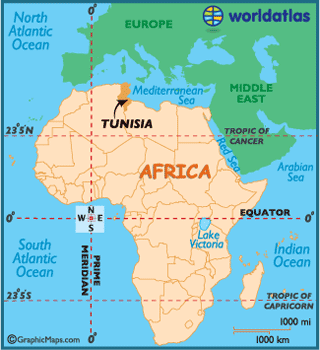BACKGROUND: Few epidemiological data are available on multiple sclerosis (MS) patients in North Africa (NA). Studies of immigrants from NA showed a more aggressive course compared to European patients.
OBJECTIVE: The aim of this study is to describe clinical and long term course characteristics of MS in Tunisia and to compare it to European cohorts.
METHOD: A total of 437 MS patients from three hospital based cohorts in Tunisia and having prospective follow up between 2010 and 2012 were analyzed. We considered as endpoints the time to reach EDSS scores of 3, 4 and 6 in the different clinical forms of MS and the beginning of a secondary progressive (SP) phase.
RESULTS: Sex ratio was 2.34. Mean age of onset was 30.3years. The course was relapsing-remitting (RR) in 91% of patients and primary progressive (PP) in 9%. The most frequent isolated onset symptoms were respectively motor (28%), optic neuritis (20%) and sensory (16%) dysfunction. Median time to SP onset was 19.1years. Median times from onset of multiple sclerosis to assignment of a score of 3, 4 and 6 were 8, 10.7 and 15 years respectively. Benign form of MS represented 31.5%. Median interval from the onset of the disease to EDSS score of 3, 4 and 6 was shorter in PP-MS than in RR-MS. However, there was no difference between these two groups for the median time from the assignment of EDSS 4 to the assignment EDSS 6.
CONCLUSIONS: Our study shows that Tunisian MS patients have a quite similar clinical feature to European patients. Still, larger MS multicenter cohort studies in NA with longer follow-up duration could clearly respond to the issue.
So MS can be similar the world over
